The UK has the highest rates of teenage pregnancy in Western Europe and while these have been gradually falling across the UK (including NI) since 2002, rates of pregnancy for girls aged less than 20 remains high. While it is acknowledged that not all teenage pregnancies are unintended and that the life course for teenage parents is not necessarily negative, unintended pregnancy remains a major component of adolescent pregnancies and can risks considerable adverse health problems for teenagers and their infants as well as generating enormous emotional, economic and social costs1 for adolescents, their families and society globally.
While much has been written about the demographic and social factors associated with teenage pregnancy rates less is known about possible area effects. This study investigates whether where you live carries any additional independent influence on risk of teenage pregnancy. The hypothesis tested is that area factors (specifically urban residence, area deprivation, poor labour markets and/or existing levels of teenage pregnancy) will have an independent influence on teenage pregnancy rates.
The research will undertake the following:
Publications:
Wright, D.M., Rosato, M., Doherty, R. & O’Reilly, D. (2016) ‘Teenage motherhood: where you live is also important. A prospective cohort study of 14,000 women’ Health & Place, doi:10.1016/j.healthplace.2016.09.00
Other Outputs:
Wright, D., Rosato, M., Doherty, R. & O’Reilly,D. (2014) ‘Is the risk of teenage motherhood influenced by area of residence?’ – Presented at the British Society for Population Studies conference, Winchester; Society for Social Medicine conference, Oxford; and Society for Longitudinal and Life-course Studies, Lausanne (Sep-Oct 2014).


